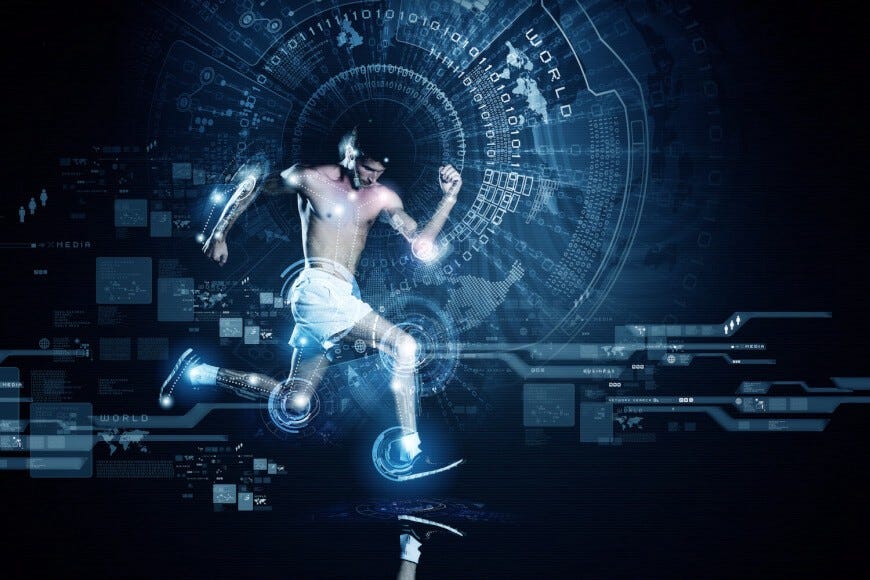
When we think about the way artificial intelligence is used in sports, we have to look back to the past. Take Billy Beane, the general manager for the Oakland A’s, a professional major league baseball team that uses quantitative data to make predictions on what kind of players would be successful in the MLB for a low value. The strategy employed by Beane worked pretty well, as the A’s achieved their first playoff appearance in nearly 45 years. Bean received many accolades, and a movie about him, Moneyball. Fast forward years later, and we can see the likes of analytics and Artificial Intelligence being used in sports Industries across multiple Sports. Names like Theo Epstein (Chicago Cubs), Sam Presti (Oklahoma City Thunder), and Zinedane Zidane (Real Madrid) are pioneers who have used AI analytics to help them make decisions on trades, player acquisitions, drafting, and contract negotiations throughout the sports world. Apart from the perspective of general managers, and the way they use AI, artificial intelligence is employed to make more accurate decisions about sports rules and regulations, to protect player safety, or to improve player and athlete performance. Take a few examples, such as using an artificial intelligence catcher to show the audience during the game whether the empires call was correct or incorrect, computer vision algorithms employed during the NBA games to analyze player shot form, and perhaps more importantly the use of AI to analyze concussion impact and predict whether a force to the head has actually caused a head injury for NFL players. Examples such as the last one show the impact artificial intelligence can have on Sports, which can contribute to player safety and improved player recovery, improving the experience of both players and fans.
So how exactly do all of these things work? In sports, data is king. Athletes are executing hundreds of plays, or hundreds of different actions in a single game or a single season that allows treasure troves of data to then be analyzed by AI neural networks in order to make better predictions regarding players. In sports, there is a huge need for statisticians, and nearly every single statistic that is related to a certain sport is often recorded. Therefore, when thinking about the way AI is used in sports, the concepts of big data and distributed data is significantly important. For example, take sportlogiq, a Canadian startup that is focusing on providing broadcasters in the NHL with commentary generated by natural language processing neural networks in order to effectively broadcast better by comparing their broadcast to statistics and analytics of players historically. If a player is performing better than they typically do, the neural network will prompt the broadcaster to discuss it. In order for such a prediction to be made, the neural network will have needed to analyze mountains of data in regards to that specific player to make a better broadcast for sports announcers. Take Nike smart basketball, an analytic software that is often employed by NBA teams to improve player performance in the NBA. Nike analyzes every single bounce of a ball, and has been able to identify different segmentation points on a player’s finger to analyze exactly where they are dribbling the ball, how they grip the ball when they shoot, or even how they attempt a steal or palm the ball when taking it up the basketball court. The smaller specific data segmentation points are recorded thousands and thousands of times, and then Nike is providing constant feedback to the players and how to improve specific points of their game.
Both these examples contribute to the duality we are seeing with artificial intelligence in sports. This shows the future of sports and how powerful technology can be used to revolutionize the sports that we watch every day. There’s definitely a trend being utilized with artificial intelligence in sports, and a growing market is there for artificial intelligence sports companies. Thus can be a great field to get into and one that can be enjoyable for many.



